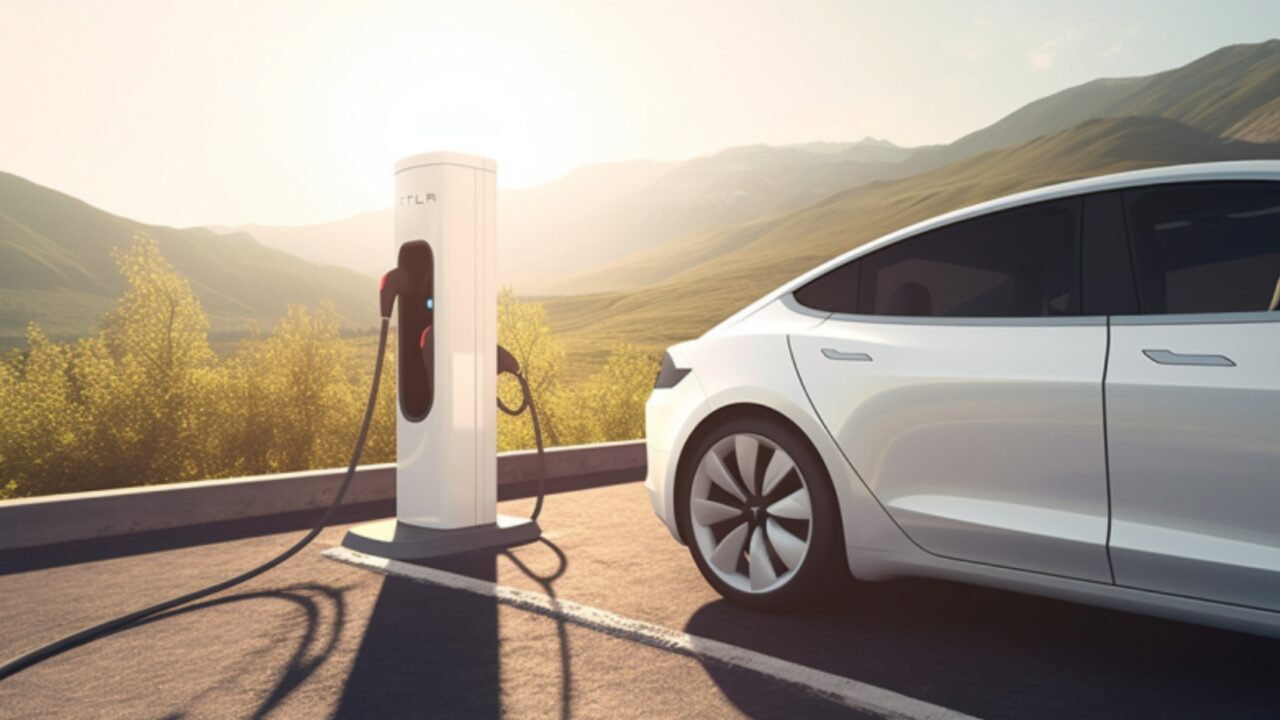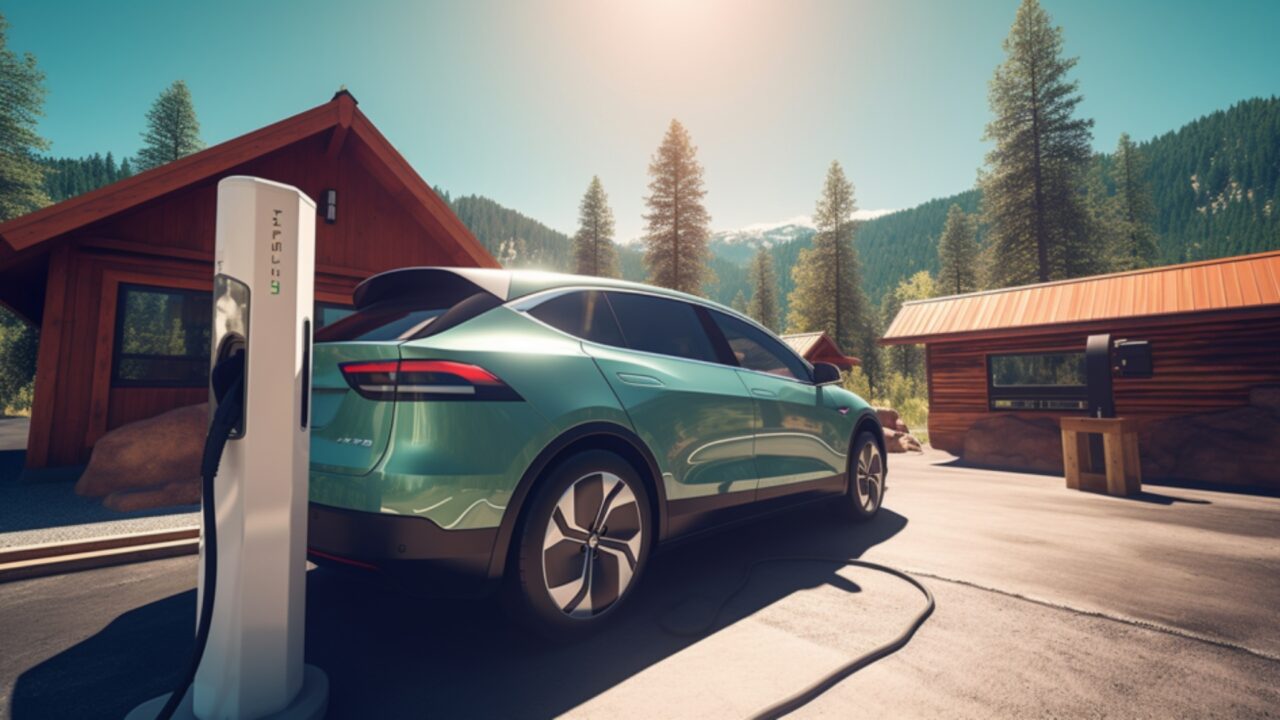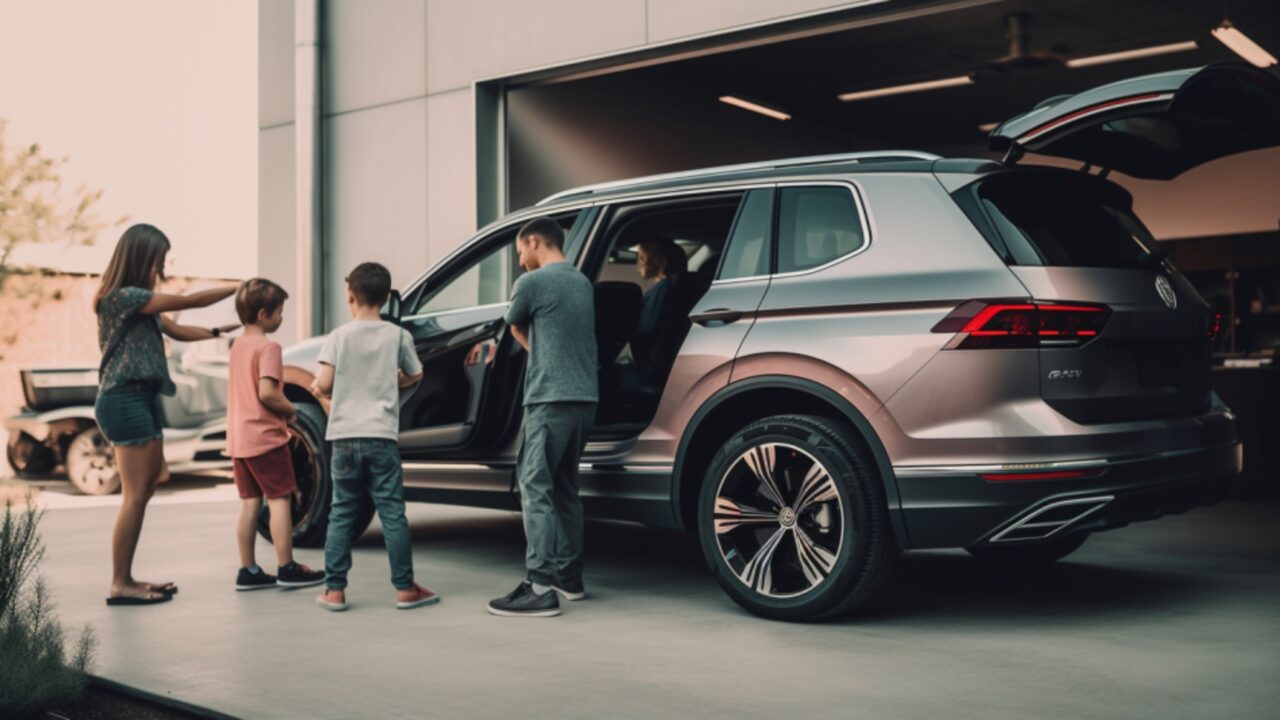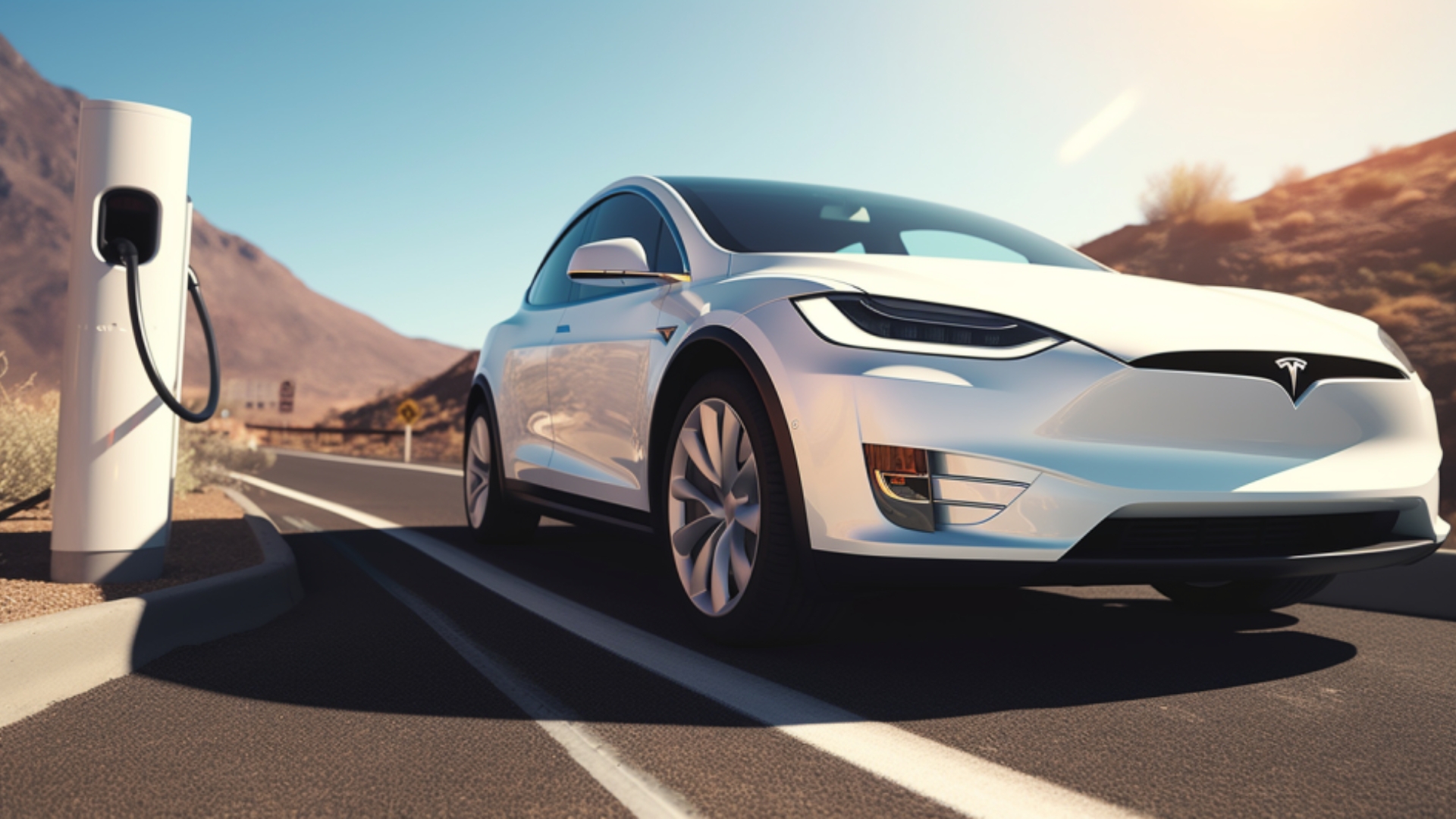Looking for the best way to prepare for a UK road trip in your electric vehicle? Look no further! Here are our great tips to get the best out of our EV.
If you’re looking for a road trip that combines history, natural beauty, and plenty of opportunities to charge up your EV, then there are many perfect destinations you can travel across the UK. So pack your bags, charge up your car, and get ready to explore all that this beautiful country has to offer.
Planning Your Route
With the increasing popularity of electric vehicles (EVs), many drivers are looking to explore the country without having to worry about petrol stations or emissions. But, as all EV drivers know, before you hit the road, there are a few things to consider. The most important aspect of planning an EV road trip is, of course, charging. Unlike petrol stations, EV charging stations are not as widespread, and you’ll need to plan your route accordingly.

There are plenty of the best destinations for an EV road trip in the UK. From the rugged coastlines of Cornwall to the rolling hills of the Lake District, there are plenty of scenic routes to explore. The South West Coastal Drive is a popular choice, offering stunning views of the ocean and charming seaside towns. The Scottish Highlands also offer breathtaking landscapes and famous Lochs.
Apps and Websites
It is important to have a comprehensive map of EV charging stations across your route, so you can plan your journey and make sure you have enough juice to get to your destination and check for alternatives should your original plans go awry.
But how do you estimate your charging times and distances? This is where apps and websites can help, such as by using real-time data to calculate the most efficient route for your EV, taking into account charging stops and times. By using these apps, you can try to make sure you’re not caught out by unexpected detours or closures, or charging station outages.

Google Maps
Everybody is familiar with Google Maps, a web mapping service developed by Google. It offers satellite imagery, street maps, and 360° panoramic views of streets. Google Maps also offers route planning for driving and if you search for electric car charging you can get a list of points and details of the charger. Plus you can also look at a street view to help you recognise the surroundings before you reach your destination.
Zap-Map
Zap-Map is a website and app that provides information about electric vehicle charging stations in the United Kingdom. It includes information about the type of charger, the cost of charging, and the availability of each station.
ABRP (A Better Route Planner)
ABRP (A Better Route Planner), is a website and app that helps electric vehicle drivers plan their trips. It takes into account the range of the EV, the location of charging stations, and the speed of charging. ABRP also provides information about the cost of charging.
Watts Up
Watts Up is a website and app that helps electric vehicle drivers monitor their energy usage. It tracks the amount of energy used by the EV, the cost of charging, and the range of the EV. Watts Up also provides information about the efficiency of the EV.
Octopus Electroverse
Octopus Electroverse is a website and app that provides information about electric vehicle charging stations in the United Kingdom. It includes information about the type of charger, the cost of charging, and the availability of each station. Octopus Electroverse also allows users to book charging slots.
You can also check out our blog about really great charging apps for your EV here.
AA Route-Planner Traffic News
It’s also important to check for road works and closures along your route. Being stuck in traffic can be frustrating for any driver, but it’s especially important to avoid it in an EV. Sitting in traffic can drain your battery, so try to plan your journey around quieter times of the day or alternative routes if possible. Live road closures and jams can be found easily on AA Routeplanner so you can adjust your route in plenty of time.
Charging Your Electric Vehicle
Before you hit the road, it’s important to understand the different charging options available and how to locate charging stations on your route. Use your EV’s route planner or third-party maps to locate available en-route rapid chargers. Keep in mind that some chargers might not be immediately available, so factor in extra time to complete your journey.

It’s also a good idea to consider avoiding going for the very last possible rapid charger and stopping at the one before on your route. Many reports of unreliable chargers might mean that if your very last option turns out not to work, you might not have enough in the battery to check out another destination.
Another tip is to have a destination in urban areas where fast chargers are more readily available. If you’re planning on venturing into more remote areas, such as national parks, it’s essential to plan ahead and ensure you have enough charge to get you back to civilization. That’s not to say that you can’t drive across the country in an electric vehicle, it’s absolutely possible, as long as you plan ahead. Even short breaks where you can charge for 30 minutes will help top up the battery.
While on a long-distance journey, it’s important to take regular breaks and stop when you’re tired. Bring snacks and drinks for the journey. Stay calm and patient in traffic, as getting angry won’t improve the situation or get you to your destination any more quickly.
Packing for Your Road Trip
Next for some tips on what to pack, how to conserve energy while driving, essential tools for charging emergencies and what to pack for your EV road trip.

Of course, you’ll need your essential documents like your driving licence, car insurance documents and maybe your travel insurance. Keep the number for your breakdown services handy, too, just in case. A sat-nav is also pretty essential, not only for giving you directions but it can also for reminding you of the speed limit and finding nearby charging stations. Don’t forget some loose change for toll roads and parking machines if you can’t get on a charging spot.
It’s also wise to be a bit prepared for unexpected incidents. A first-aid kit that includes plasters, bandages and creams for bites and stings is a must-have in your boot. A torch is also useful for looking under or around your car.
Toiletries like tissues, hand gel, and wet wipes can be a lifesaver, especially if you have kids with you for any spills and such. Sun cream is also a must if you plan to road trip in good weather. Don’t forget any prescription medicines you need, too.
Tips for Driving an Electric Vehicle on a Road Trip
When driving, avoid harsh acceleration or braking, as it can drain your battery quickly. It’s also best to drive at a steady pace and avoid excessive speed to conserve energy. Additionally, use the air conditioning sparingly and turn off unnecessary electrical devices when not in use.

Try to accelerate and brake gently, and use cruise control when possible. This will help you conserve energy and maximise your range. Also, avoid driving at high speeds, take the scenic route along A and B roads, as higher speeds over 60mph will drain your battery more quickly.
Regenerative braking is a feature in electric cars that recovers energy lost during braking and converts it back into usable energy. This can help increase your range.
Use your car’s preheating or cooling feature while it’s still plugged in to maximise its range. This will ensure your car’s battery isn’t used to adjust the temperature while you’re on the road.
Try not to use items such as a roof box unless you really must as these can reduce aerodynamics and shorten your range even further, and always remove it from the vehicle when it is not being used.
Maintain your vehicle
First things first, before embarking on any long-distance journey, it’s important to ensure your vehicle is properly maintained.
Check your tyre pressure is correct for the weight in the car and this can be checked against the information in the vehicle guidebook. You will need to allow for the extra weight you may carry in luggage so ensure pressures are right for heavy loads. Also, if you have a hatchback or similar, try not to pack heavy items at the top of the pile as items may fly off in an accident and harm passengers seated in front.
Tread depth should also be checked to make sure you have sufficient grip for our journey so check the rubber is above the legal limit (1.6mm) which can usually be easily seen as most tyres will have a raised band in the grooves of the tyre to indicate this depth.
Check your lights are all working correctly including brake lights. This can be done by asking someone to check if they are on/off for each corner.
Washer fluid levels are also important, especially during seasonal weather where salt or other contaminants can impede your view of the road.

Creature Comforts
While on the road, it’s also important to stay comfortable and entertained during long drives. Here are a few ways to do that:
- Bring snacks and drinks: Make sure to pack water, snacks and mints to keep you hydrated and prevent your mouth from getting too dry. Bananas, nuts and granola bars can give you a boost of energy.
- Plan your entertainment: Create a playlist, listen to audiobooks, or play fun games with your passengers to help pass the time. Also, don’t forget to take breaks and stretch your legs.
- Stay comfortable: Wear comfortable clothing and bring a jacket or jumper to stay warm in case of unexpected weather changes. Also, try to sit in a comfortable position and adjust your car’s temperature and seating as needed.

1 thought on “How to Prepare for a UK Road Trip in an Electric Vehicle”
Comments are closed.